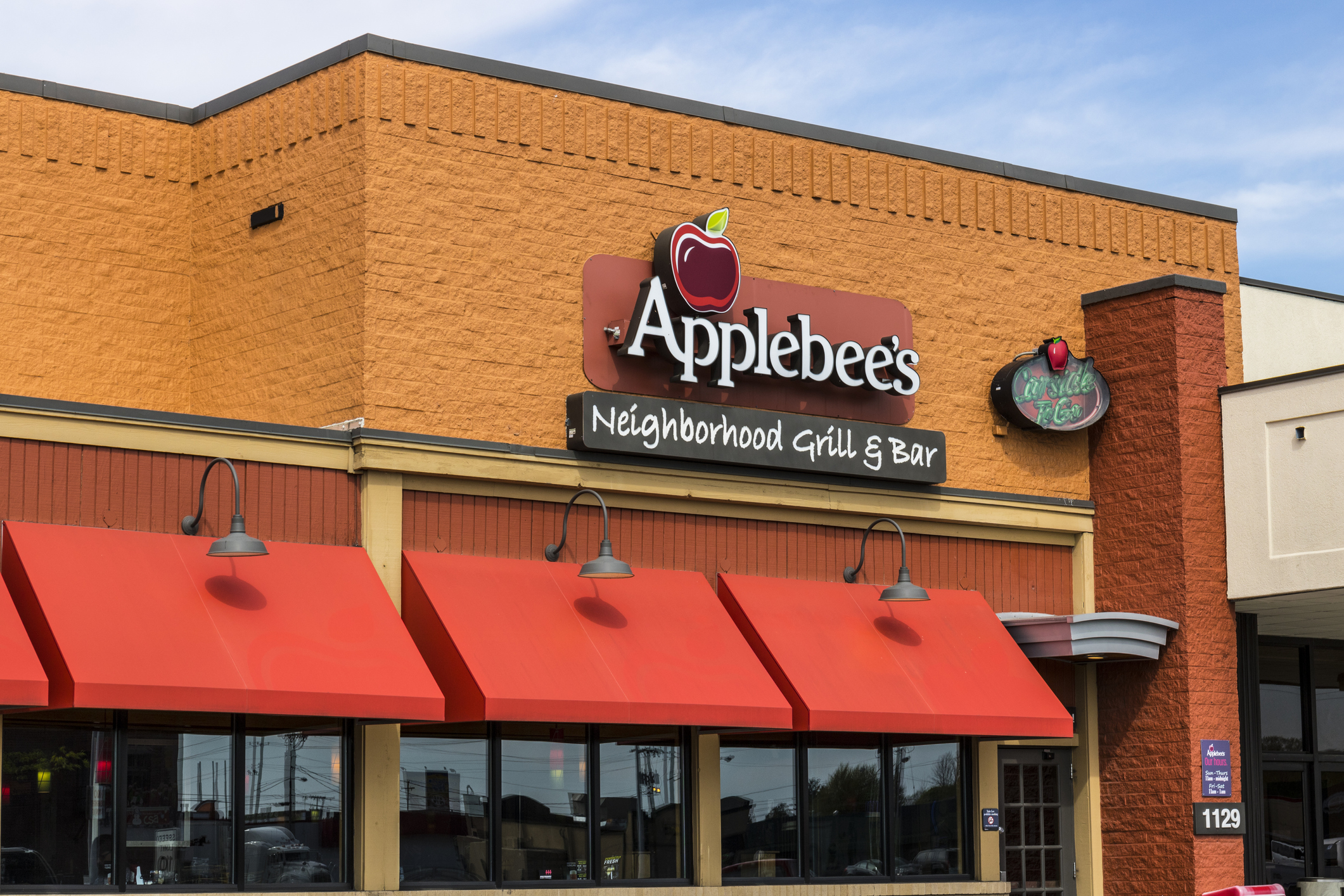
iStock.com/jetcityimage
More Dual-Brand IHOP & Applebee’s Could Be on Route, but History Shows They Might Not Work
April 2, 2024
The opening of dual-brand restaurants has been on the rise, and according to an earnings call in February, executives of IHOP and Applebee’s said the two brands are planning to open several joint locations across the U.S.
John Peyton, CEO of Dine Brands, the company that franchises both Applebee’s and IHOP, said that the most recent location to open was in León, Mexico, and the company is thinking about opening more in the U.S.
However, that doesn’t mean it’s an easy road ahead. Opening a restaurant like Applebee’s is a costly endeavor, and it can take franchisees many years to make up those costs again. In theory, opening a location that serves options to cater for lunch and dinner from Applebee’s as well as the variety of breakfast options available at IHOP could spike sales without increasing costs because all the food will be made in the same kitchen.
Payton said in February that so far, the IHOP-Applebee’s locations that Dine Brands has opened abroad have seen revenue double. He said, “That’s a big innovation that we’re nurturing overseas and that our intent is to eventually bring to the U.S. when we find the right opportunity to introduce it.”
However, previous attempts by companies to dominate the U.S. dining space with dual-branded restaurants haven’t really worked.
Yum Brands, the parent company of Pizza Hut, KFC, and Taco Bell, revealed in its 2002 annual report why its dual restaurants existed in the first place. The reason was brief — it was to compete with McDonald’s, which generated around $1.6 million in annual sales at the time. This was double the amount of the average that restaurants owned by Yum Brands were making, according to an open letter written by the CEO at that time, David Novak.
Novak wrote that even though Yum’s restaurant chains all honed in on a specified type of food such as tacos, fried chicken, pizza, and so on, “McDonald’s has something for everybody, and this drives sales.” This led the company to start trying out “Frankenrestaurants,” like the Pizza Hut-Taco Bell combination.
Unfortunately, they haven’t been as successful as the company hoped. According to Business Insider, a Yum Brands spokesperson said that the company today “does not pursue co-branding as a strategy in the US or internationally.”
Running a restaurant that combines multiple brands is complicated, with each brand “often operated by different franchises,” so “it also involves running the combo restaurant in a way that pleases both — and other parties that might have a say.”
For example, joint Long John Silver-A&W locations were less profitable than their stand-alone restaurants, according to a lawsuit filed in 2010. The franchisee sued Yum Brands, which owned both chains at the time, because it learned after deciding to open the restaurants that “a franchisee association for A&W would have the final say over specials and other aspects of the joint stores.”
Other possible issues include the potential for restaurant brands to change ownership and the risk of creating a combination of chains that don’t complement one another.
Recent News
Peloton CEO Steps Down and Layoffs Begin
Peloton, the popular fitness technology company, has announced significant changes in its leadership and organizational structure.
California Restaurants Must Start Eliminating Special Surcharges
Starting July 1, California is changing the game for restaurant bills.
T-Mobile Now Owns Ryan Reynolds-Backed Mint Mobile
The deal is worth upwards of $1.35 billion.
Chipotle Is Giving Away Over $1 Million in Burritos to Healthcare Workers
In acknowledgment of the tireless contributions of healthcare workers, Chipotle Mexican Grill has announced a notable gesture of appreciation: the distribution of 100,000 free burrito e-cards.

